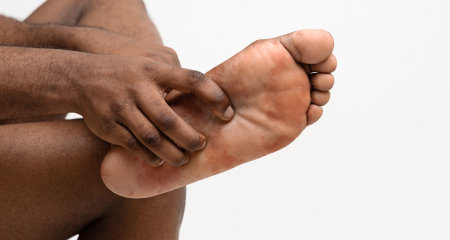
Warts predominantly affect school-going children, with the highest occurrences between 12 and 16 years of age. The expert dermatologists at Northstar Dermatology in Southlake, Texas, stress the importance of seeking professional care for warts. These growths can linger for long periods, and due to their contagious nature, there’s a good chance you might spread the infection further. For a comprehensive overview of treatments available for warts, contact the clinic or make an online reservation today.
Warts are skin growths that can develop on any part of the skin or mucous membranes, most commonly appearing on the elbows, hands, knees, and feet. While they are often painless, some warts can cause discomfort. Warts are caused by the human papillomavirus (HPV), which leads to a thickening of the skin’s top layer. Being contagious, warts can spread from person to person and to other areas of the body.
Warts can appear in various forms, sometimes as single growths or in clusters. Small black “dots” may be visible within warts, representing tiny blood vessels.
Common warts are thick, rough bumps usually found on the hands, elbows, knees, and face. They often appear in shades of gray, brown, or pink.
Plantar warts develop on the soles of the feet and are generally rough and thick, resembling calluses. These warts can be painful, especially when located in areas that bear weight.
Flat warts are typically smaller and smoother than other types, appearing in pink, skin-colored, or light brown shades. They often occur in clusters.
Filiform warts have “finger-like” projections and are frequently found on the face.
If warts are painful, bleeding, or on the face or genital area, you should seek medical intervention. You should also seek treatment if warts start to spread.
There are various treatment options available for managing warts, though the following list is not exhaustive. Warts can be very resilient and may require multiple treatment attempts, sometimes using a combination of methods. Treatment may involve paring down the wart or scraping off the thickened skin. Other options include freezing the wart with liquid nitrogen, applying Cantharidin (commonly known as “beetle juice”), using prescription creams (such as 5-fluorouracil 5% cream, imiquimod, or Retin-A), and injecting liquid agents to target the wart tissue. Combining multiple treatments can often enhance effectiveness.

Notifications